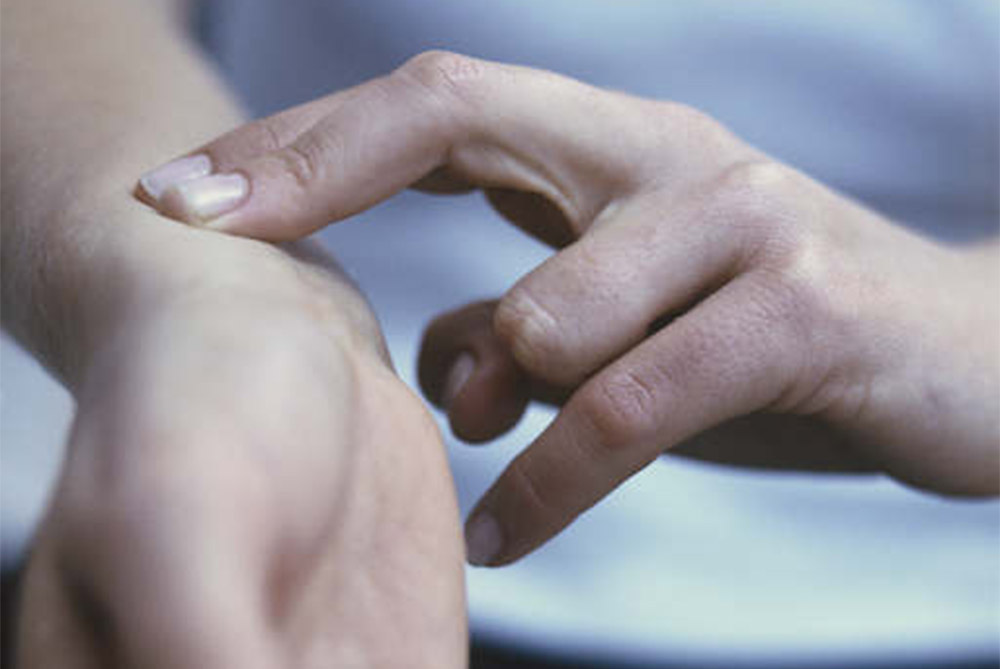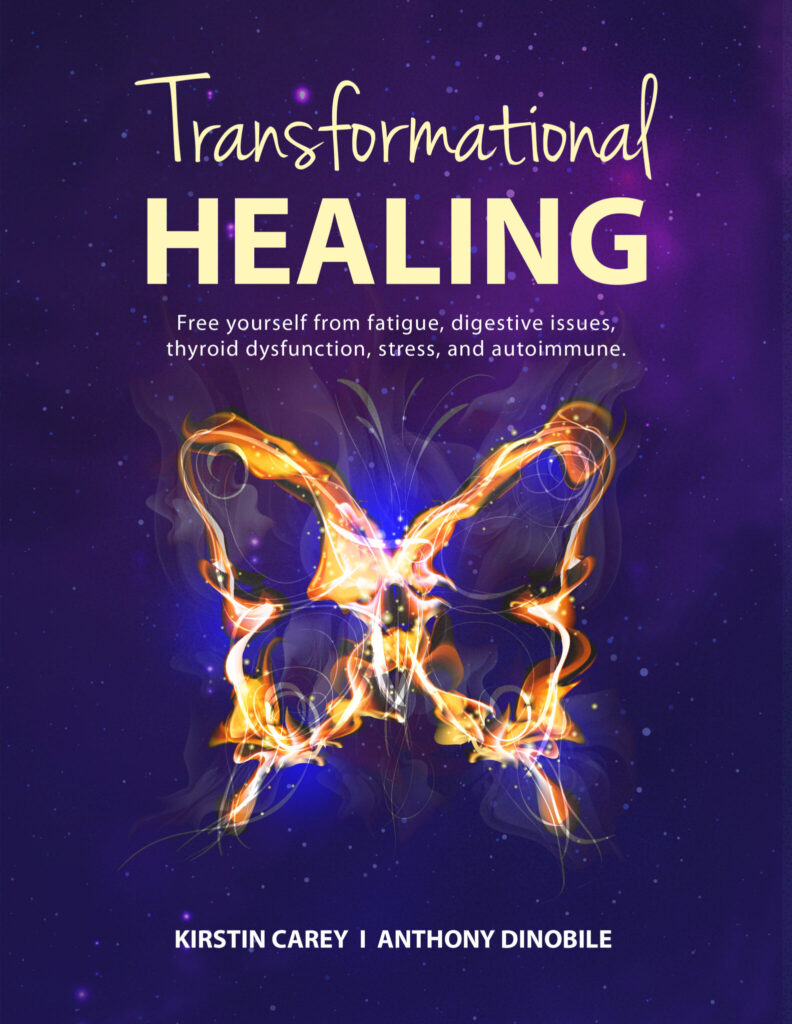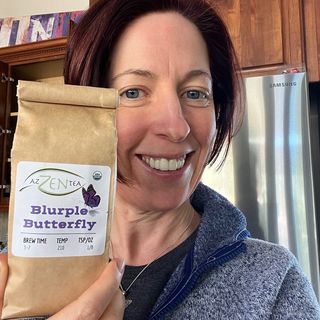The Coca Pulse Test
In the 1950s, Dr. Arthur Coca identified that his wife’s heart rate would increase if she ate a food to which her body reacted. Coca tested his patients as well and found the results effective and consistent.
Though there are blood tests and other faster ways to determine food sensitivities, this approach remains one still used today because of it’s effectiveness, low cost, and ease of application for people who want to self-diagnose.
Special notes:
- Heart medications such as beta blockers may impact the results.
- Smoking dramatically impacts the results of this test, so if you are a smoker, you must stop smoking prior to using this method or your results will not be conclusive.
- In the initial test, you will take your pulse 14 times a day for a 3 day period.
- When you count your pulse, do it for the full 60 seconds (not just 15 seconds and multiply by 4.)
- Take pulse when sitting down, except for first pulse taken while still lying down in bed.
The Initial Test
Take your pulse during these times for three days:
- prior to getting out of bed
- before each meal
- three times after each meal at 30 mins, 60 mins, and 90 mins after finishing
- just before going to bed
Interpreting Results
Your morning pulse should be the lowest of the day. Unless you are allergic or reactive to something on which you are sleeping. (Pillow, fabric softener, sheets, carpet, dust mites, pet that sleeps with you, etc.)
If your pulse goes up noticeably after you get up from bed, you could be reacting to something like your toothpaste, shaving lotion, shampoo, or make-up.
Determine your highest and lowest pulse rates over the three days. Your highest “non reactive” pulse rate should be no more than 15 beats above your lowest point. Anything above that point is questionable and mostly likely an indication that you are having a reaction. So, if your lowest point is 60, then anything above 75 is a red flag.
Pinpointing the Cause of the Reaction
Start with the times you saw the highest pulse rate increase, especially if it was immediately following your meal. Determine every item in the meal you ate.
Isolate each food from that offending meal to determine which one is causing a problem.
You will now single test each of those items to determine a reaction over a two or three days period by snacking on each foods seperately throughout the day.
Eat a small portion of food every hour. For example, if the meal you are testing was an egg sandwich, you will test the following items:
- Bagel
- Egg (prepared the same way and with any spices or seasonings)
- Cheese
- Bacon
Take your pulse just before eating the food and 30 minutes afterwards and note the results.
Even if you have a reaction, you should test all items in the dish as you could be reacting to more than one food. If you react to a food that contained spices or seasonings, you should then further eliminate by testing each spice or seasoning, as you could be reacting to them and not the food itself.
Basic Rules
- If a frequently-eaten food causes no acceleration of your pulse (at least 6 beats above your normal maximum), that food can be tentatively considered safe. If ingesting it does cause acceleration of your pulse (30, 60, or 90 minutes after eating the food), it is likely you are allergic/sensitive to it and shouldn’t eat it.
- If you take your pulse at least 14 times a day, and if your “normal” (no more than 15 beats more than minimum rate) daily maximum pulse rate is within one or two beats for three days in succession, this indicates that all food-allergens/sensitivities have been avoided on those days.
- If your daily maximum pulse-rate varies by more than a couple of beats, it indicates there still is a sensitivity or an infection. For example: Monday 72, Tuesday 78, Wednesday 76, Thursday 71.
- Pulse rates within 6 beats above the “normal” daily max are most likely caused by an inhalant (dust, pet dander, mold, perfume, pollen, etc.) or a recurring reaction rather than a food.
- If your minimum pulse rate does not regularly occur before rising, after the night’s rest, but at some other time in the day, this usually indicates sensitivity to dust mites found in mattresses or pillows, or something else such as the detergent or fabric softener you are using on your sheets.
- If your pulse-count taken standing is greater than that taken sitting, this is a positive indication of present allergic/intolerance tension and could also indicate that you have adrenal fatigue, often caused by constant inflammation due to allergens.
Dr. Coca emphasized the importance of applying yourself to testing over a number of days in order to identify which foods are making your pulse faster than normal and he believes his method to be a “roadmap to the fountain of youth.”










